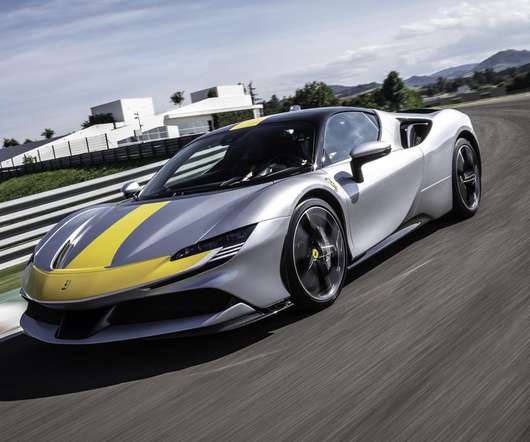Study finds catalyzed gasoline particulate filters effective at reducing particulate and PAH emissions from GDI engines
Green Car Congress
FEBRUARY 22, 2018
The researchers assessed the gaseous, particulate, and genotoxic pollutants from two current technology gasoline direct injection vehicles when tested in their original configuration and with a catalyzed gasoline particulate filter (GPF). liter downsized turbocharged centrally-mounted direct injection engine. Yang et al.



















Let's personalize your content